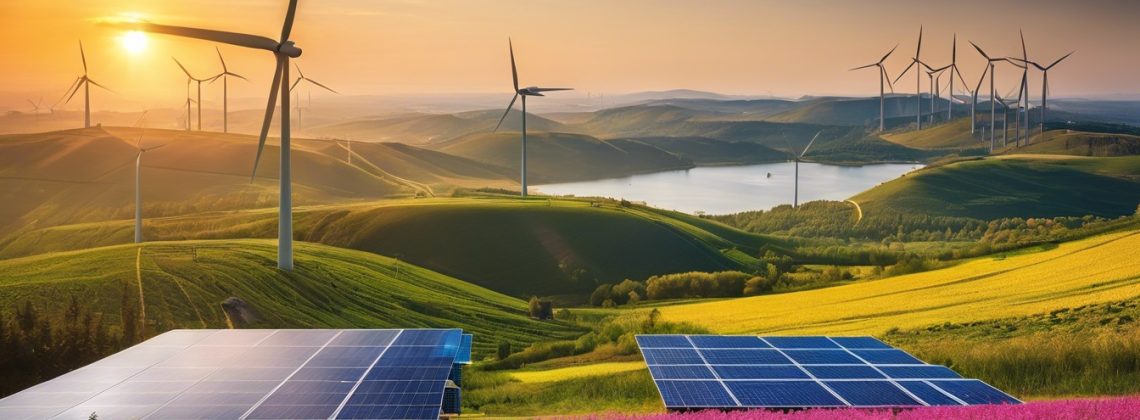
Exploring Solar, Wind, and Alternative Fuel Options
Renewable energy sources are becoming increasingly important in our modern world, and for good reason. Not only are they better for the environment, but they can also be crucial in survival situations. As a survivalist, it’s important to have a solid understanding of renewable energy sources and how to use them to your advantage.
In this guide, you’ll learn all about renewable energy sources and how to use them in practical survival situations. You’ll discover the benefits of renewable energy, and how to implement renewable energy projects in your own life. You’ll also learn how to survive in specific environments, such as deserts or forests, using renewable energy sources.
Whether you’re a seasoned survivalist or just starting out, this guide will provide you with the knowledge and practical skills you need to survive in a world where renewable energy is becoming increasingly important. So let’s get started and explore the world of renewable energy.
Key Takeaways
- Understanding renewable energy sources is crucial for survivalists
- Practical survival skills can be enhanced by implementing renewable energy projects
- Survival in specific environments can be made easier with the use of renewable energy sources
Understanding Renewable Energy
Renewable Energy Fundamentals
Renewable energy is energy that comes from natural resources that are replenished over time, such as sunlight, wind, rain, and geothermal heat. Unlike non-renewable energy sources like coal and oil, renewable energy sources do not run out and are considered sustainable. Renewable energy sources are becoming increasingly popular as people become more aware of the environmental impact of non-renewable energy sources.
There are many different types of renewable energy sources, including solar, wind, hydroelectric, geothermal, and biomass. Each type of renewable energy has its own unique advantages and disadvantages, and the best type of renewable energy for a particular situation depends on a variety of factors, including location, climate, and energy needs.
Climate Change and Renewable Energy
Climate change is a major global issue that is caused by the release of greenhouse gases into the atmosphere. Non-renewable energy sources like coal and oil are major contributors to greenhouse gas emissions, which is why renewable energy sources are becoming increasingly important in the fight against climate change.
Renewable energy sources produce little to no greenhouse gas emissions, making them a much more environmentally friendly option. In addition to reducing greenhouse gas emissions, renewable energy sources can also help to reduce air pollution and improve public health.
Overall, understanding renewable energy is an important part of living a sustainable lifestyle and reducing your impact on the environment. By using renewable energy sources, you can help to reduce greenhouse gas emissions, improve air quality, and create a more sustainable future for generations to come.
Practical Survival Skills
When it comes to surviving in the wild, practical survival skills are essential. These skills will help you to build a shelter, start a fire, collect water, and hunt for food. Here are some of the most important practical survival skills that you need to know.
Fire Building Techniques
Starting a fire is one of the most important skills that you need to learn in order to survive in the wild. You can start a fire using a variety of techniques, including using a fire starter kit, using a bow drill, or using a flint and steel. It is important to know how to start a fire using different techniques, as you may not always have access to a fire starter kit or other tools.
Shelter Construction
Building a shelter is another important skill that you need to learn in order to survive in the wild. You can build a shelter using natural materials, such as branches, leaves, and grass. It is important to know how to build a shelter that will protect you from the elements, such as rain and wind.
Water Collection Methods
Collecting water is essential for survival, as you can only survive for a few days without it. You can collect water using a variety of methods, including using a water filter, collecting rainwater, or using a solar still. It is important to know how to collect water using different methods, as you may not always have access to a water filter or other tools.
Hunting and Foraging
Hunting and foraging for food is another important skill that you need to learn in order to survive in the wild. You can hunt for food using a variety of methods, including using traps, snares, and fishing. It is important to know how to hunt for food using different methods, as you may not always have access to a fishing rod or other tools. You can also forage for food by looking for edible plants and berries.
Overall, these practical survival skills are essential for anyone who wants to survive in the wild. By learning these skills, you can increase your chances of survival and stay safe in any situation.
Renewable Energy Projects
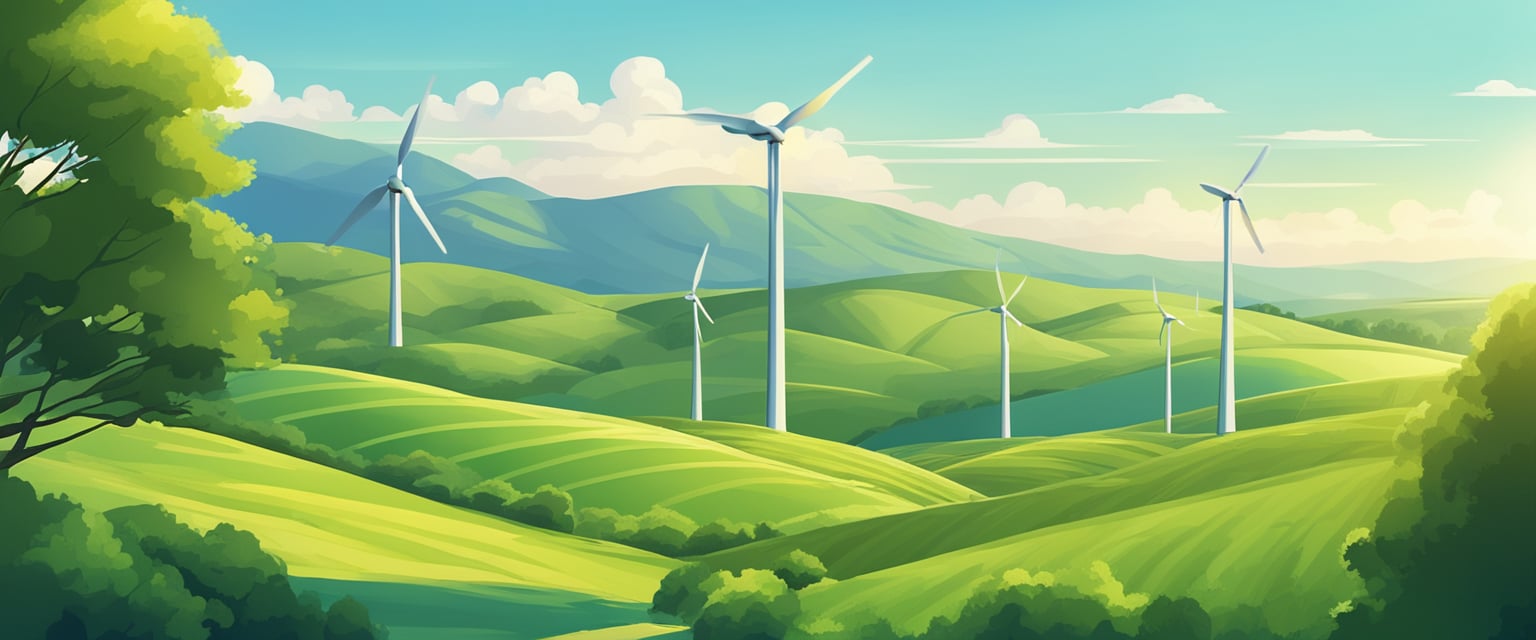
Are you looking to become self-sufficient and reduce your reliance on non-renewable energy sources? There are many renewable energy projects that you can undertake to achieve this goal. Here are some options to consider:
DIY Solar Solutions
Solar energy is a popular choice for renewable energy projects, and for good reason. It is a clean and abundant energy source that can be harnessed using simple DIY solutions. You can start small by installing solar panels on your roof to power your home, or you can go bigger and create a solar farm to generate electricity for your community. There are many tools and resources available online to help you get started with DIY solar projects, including instructional videos, step-by-step guides, and online forums where you can connect with other DIY enthusiasts.
Wind Energy Harnessing
Wind energy is another popular option for renewable energy projects. You can harness the power of the wind by installing wind turbines on your property. This can be a great way to generate electricity for your home or community, especially if you live in a windy area. There are many different types of wind turbines available, from small-scale models that can be installed on a rooftop to large-scale models that can generate enough electricity to power an entire city. You can also find many resources online to help you get started with wind energy projects, including tutorials, guides, and forums.
Bioenergy Options
Bioenergy is a renewable energy source that is derived from organic matter, such as plants and animal waste. There are many different bioenergy options available, including biomass, biogas, and biofuels. You can create your own bioenergy projects by using organic waste to generate electricity or heat. For example, you can create a biogas digester to convert food waste into biogas, which can then be used to generate electricity or heat. You can also create biofuels, such as biodiesel, by processing vegetable oil or animal fats. There are many tools and resources available online to help you get started with bioenergy projects, including instructional videos, step-by-step guides, and online forums.
By undertaking renewable energy projects, you can reduce your reliance on non-renewable energy sources and become more self-sufficient. Whether you choose to install solar panels, wind turbines, or create your own bioenergy projects, there are many tools and resources available to help you get started. With a little bit of knowledge and effort, you can create a more sustainable future for yourself and your community.
Survival in Specific Environments
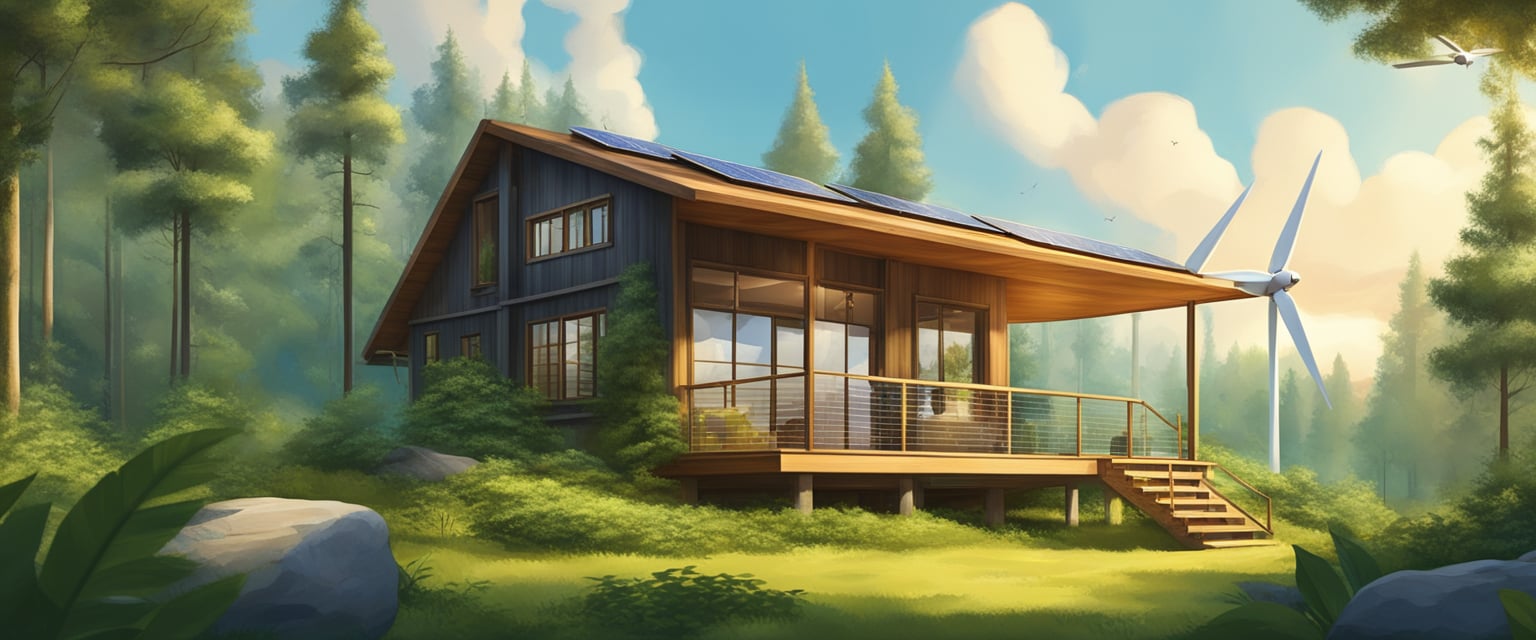
Wilderness Survival
If you find yourself stranded in the wilderness, renewable energy sources can be your lifeline. In this situation, your main priority should be finding shelter and starting a fire. Once you have a safe place to stay and warmth, you can focus on finding food and water.
Solar-powered flashlights and lanterns can be a great source of light at night, as well as solar-powered chargers for your phone or other devices. Additionally, portable solar panels can be used to charge batteries or power small appliances.
When it comes to water, solar stills can be used to purify water by evaporating and condensing it. You can also use a solar-powered water filter to remove impurities and bacteria.
Survival in Australia
Australia is known for its harsh climate, with high temperatures and frequent droughts. In this environment, renewable energy sources can be a lifesaver.
Solar panels are a great option for powering your home or shelter, as well as for charging batteries and devices. Additionally, wind turbines can be used to generate electricity in areas with high wind speeds.
In the worst-case scenario of a bushfire, having a solar-powered water pump can be crucial for accessing water. Additionally, solar-powered fans can help keep you cool during heatwaves.
Signal devices, such as emergency beacons, can also be powered by renewable energy sources, ensuring that you can call for help if needed.
Remember, in any survival situation, it’s important to be prepared and have a plan. Keep renewable energy sources in mind when planning for emergencies, as they can provide a reliable source of power when other options may not be available.
Preparing for the Worst-Case Scenario
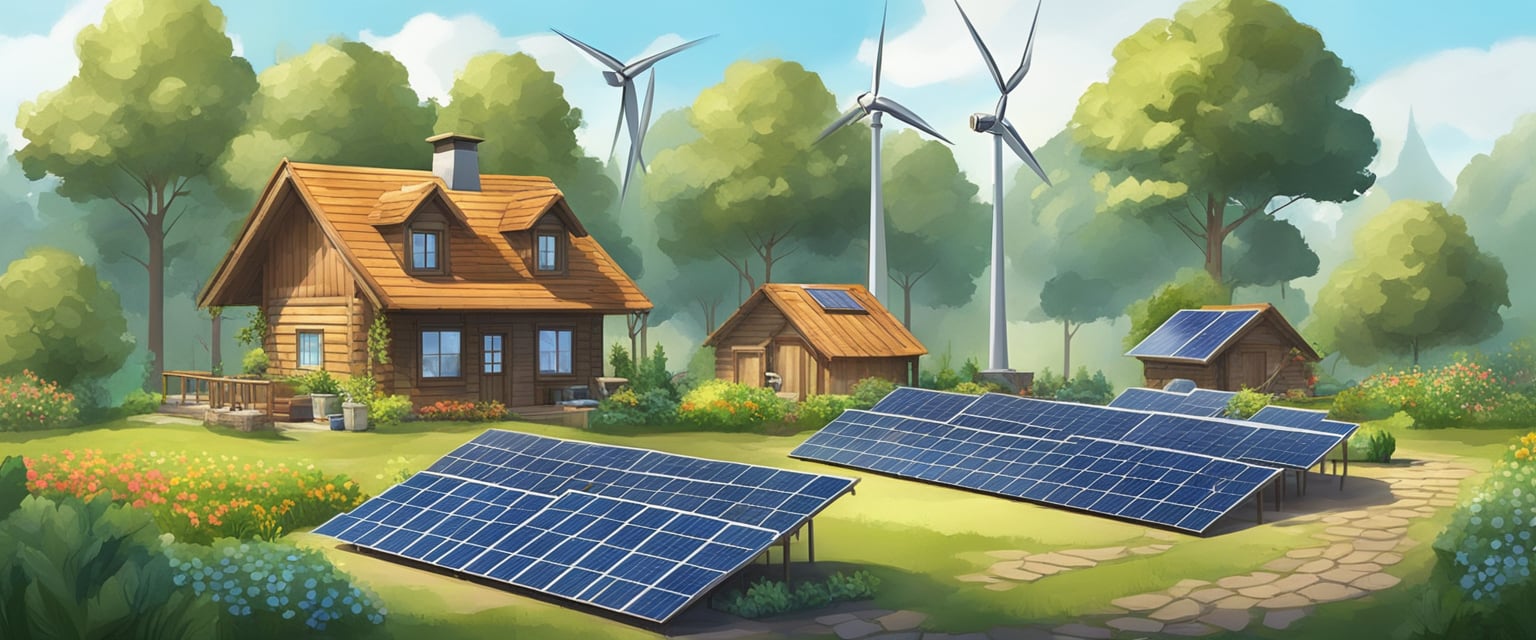
When it comes to renewable energy sources, being prepared for the worst-case scenario is essential. You never know when a crisis may strike, and having a plan in place can mean the difference between life and death. In this section, we will discuss how to prepare for a worst-case scenario, including crisis management and long-term self-sufficiency.
Crisis Management
On day one of a crisis, it is essential to have a plan in place. You should have an emergency kit ready, including food, water, and medical supplies. Make sure you have a way to communicate with others, such as a radio or satellite phone. You should also have a backup power source, such as a generator, solar panels, or wind turbines.
During a crisis, it is important to conserve energy and resources. Turn off any non-essential appliances and lights to conserve power. Use your renewable energy sources wisely, and make sure to monitor your energy usage closely. If you have excess energy, consider sharing it with your neighbors who may be in need.
Long-Term Self-Sufficiency
In the long term, self-sufficiency is key to surviving a worst-case scenario. You should have a sustainable source of food, such as a garden or livestock. Make sure you have access to clean water, either through a well, rainwater harvesting, or a nearby stream or river.
Renewable energy sources are an excellent way to achieve long-term self-sufficiency. Solar panels, wind turbines, and hydroelectric generators can provide a reliable source of power for your home. Make sure to invest in high-quality equipment and have a backup power source in case of equipment failure.
In conclusion, being prepared for a worst-case scenario is essential when it comes to renewable energy sources. Make sure you have a crisis management plan in place and invest in long-term self-sufficiency. With the right equipment and mindset, you can survive even the most challenging situations.
Frequently Asked Questions
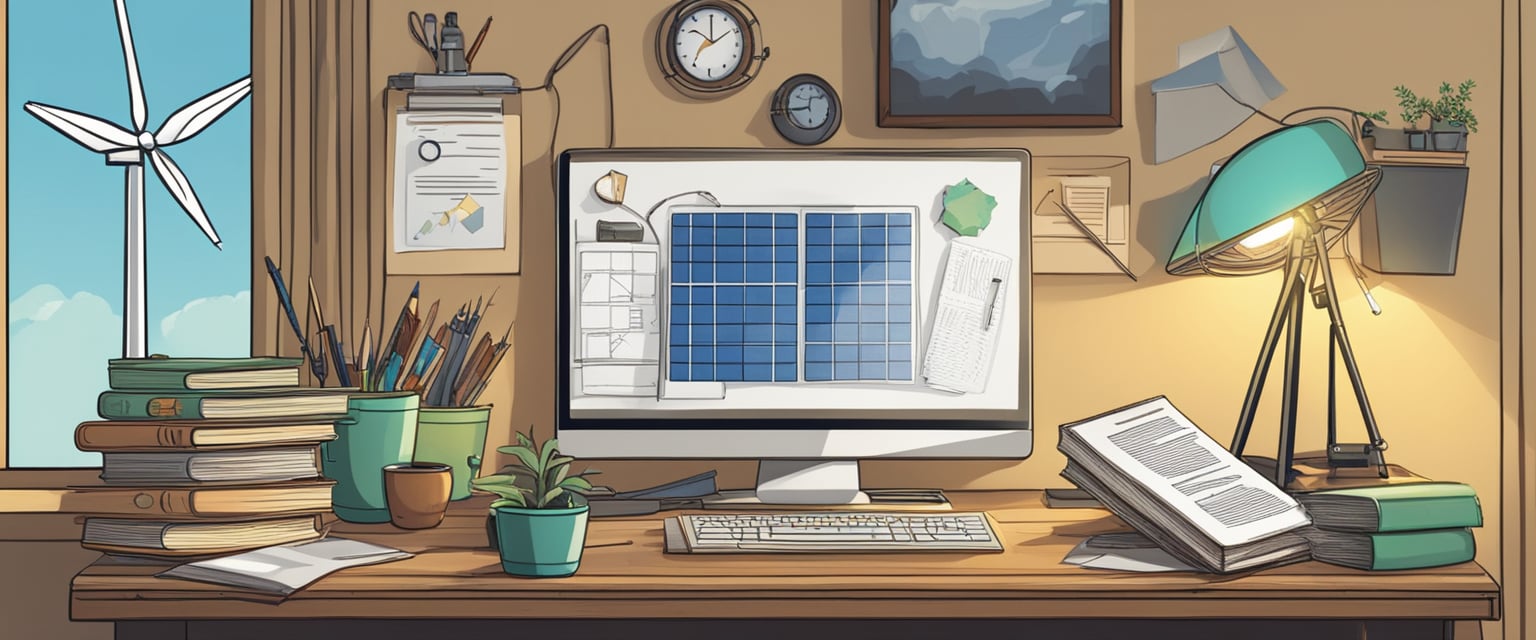
What are the top renewable energy sources suitable for survival situations?
The top renewable energy sources suitable for survival situations are solar, wind, hydroelectric, and biomass. These sources are readily available and can be harnessed to provide energy for heating, lighting, cooking, and other essential needs.
How can one integrate renewable energy systems into a prepper’s homestead?
Integrating renewable energy systems into a prepper’s homestead requires careful planning and consideration. You need to assess your energy needs and determine the most suitable type of renewable energy system for your homestead. You can then install the system and connect it to your home’s electrical system.
What are the most efficient DIY renewable energy projects for beginners?
The most efficient DIY renewable energy projects for beginners include solar panels, wind turbines, and hydroelectric generators. These projects are easy to build and can provide a significant amount of energy for your needs.
How can renewable energy sources be maintained in a post-disaster scenario?
Renewable energy sources can be maintained in a post-disaster scenario by ensuring that they are properly installed and maintained. Regular maintenance and repairs should be carried out to ensure that the system is functioning optimally.
What are the safety considerations when using renewable energy for survival?
The safety considerations when using renewable energy for survival include ensuring that the system is properly installed and maintained, using appropriate safety equipment, and following all safety guidelines and instructions.
How does one evaluate and store excess energy from renewable sources?
To evaluate and store excess energy from renewable sources, you need to install a battery backup system. This system will store excess energy generated by your renewable energy system and provide backup power when needed. You can also sell excess energy back to the grid if you have a grid-tied system.

Leave a Reply